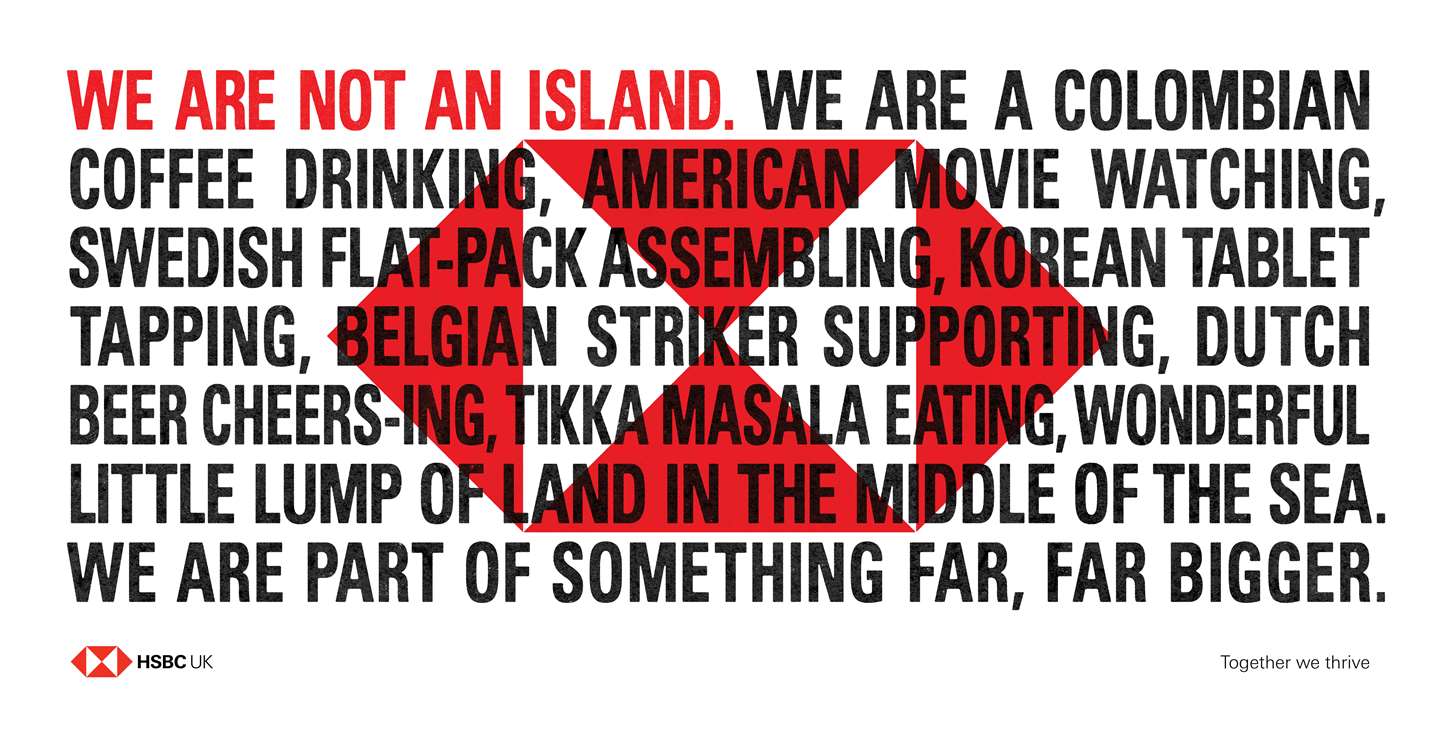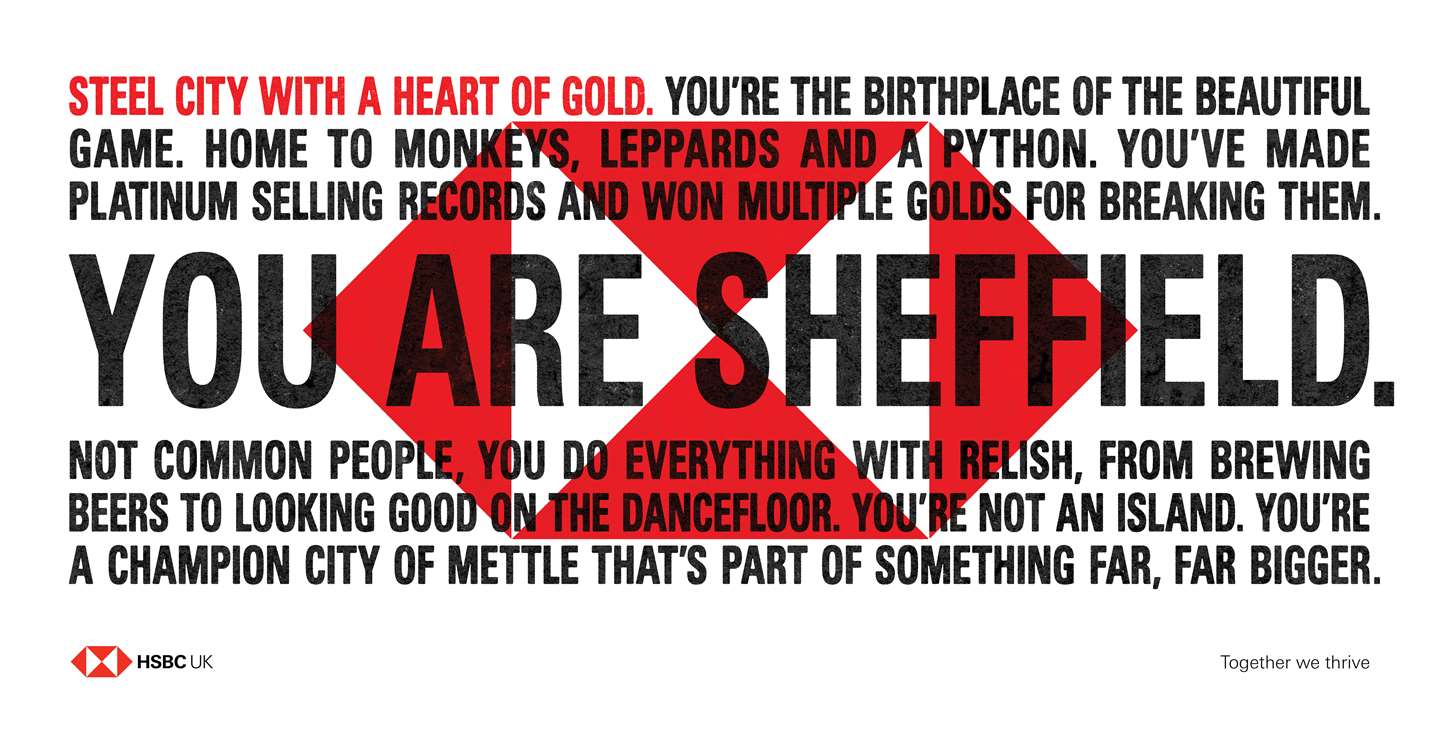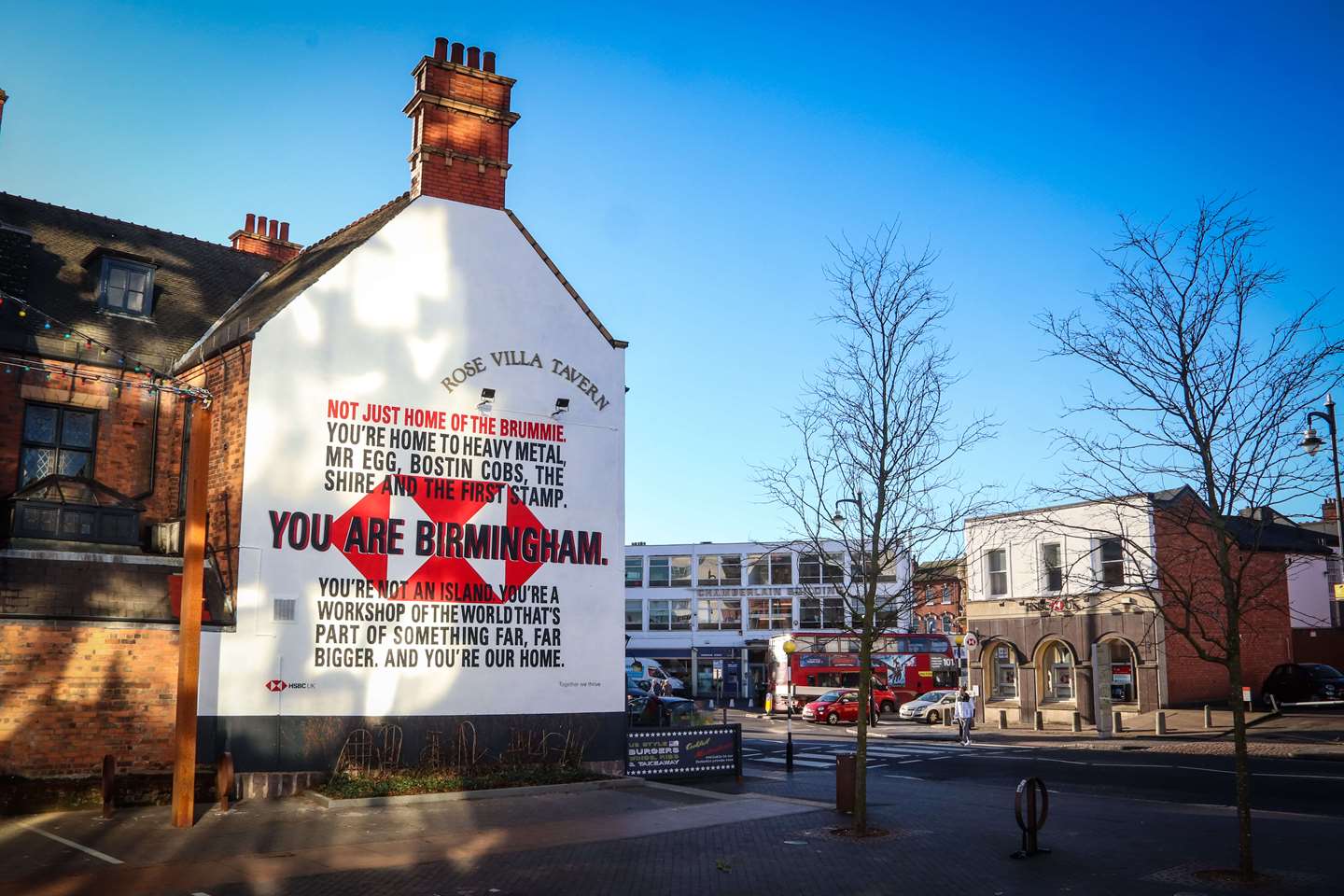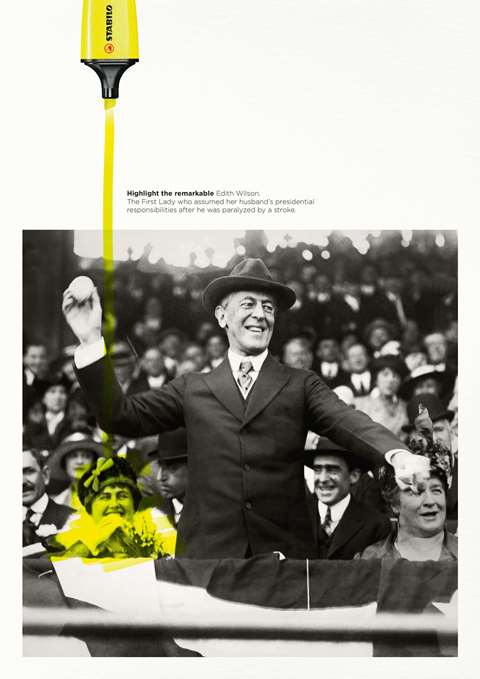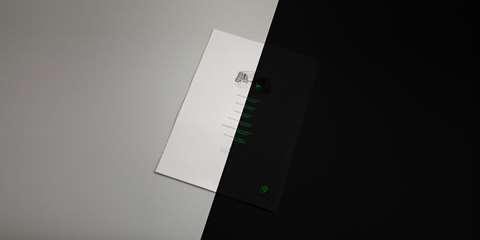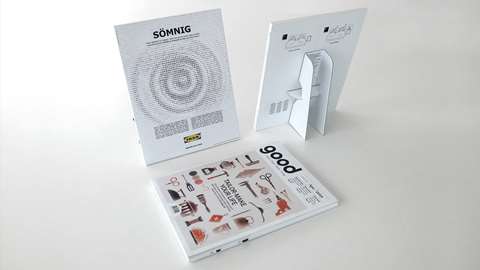HSBC is a brand with form for churning out great campaigns – no more so than in 2002 when it became “the world’s local bank”. And in a crowded media landscape fixated on short-term wins, vision and bravery are vitally important characteristics if you’re in it for the long game.
JWT report that they’re already seeing major payback on brand health metrics – in particular general impression and positive buzz around the brand, both of which go beyond advertising.
It’s why a school recently requested to use the campaign as an example for kids in how to write a manifesto. It’s also why more than 580 internal manifestos have been voluntarily submitted by departments within the bank.
“The world is awash with ads that feature pithy headlines over beautiful images,” says Watson. “Similar to an Instagram feed, where you have one beautiful image next to another, you can reach saturation point where you quickly just ‘thumb’ past them.”
But the success of this and other campaigns, most notably the Cannes Lion-winning Kiwi print ad, proves that marketers can cut through with an ad that requires time and quality attention. And the key, Watson reminds us, is context.


